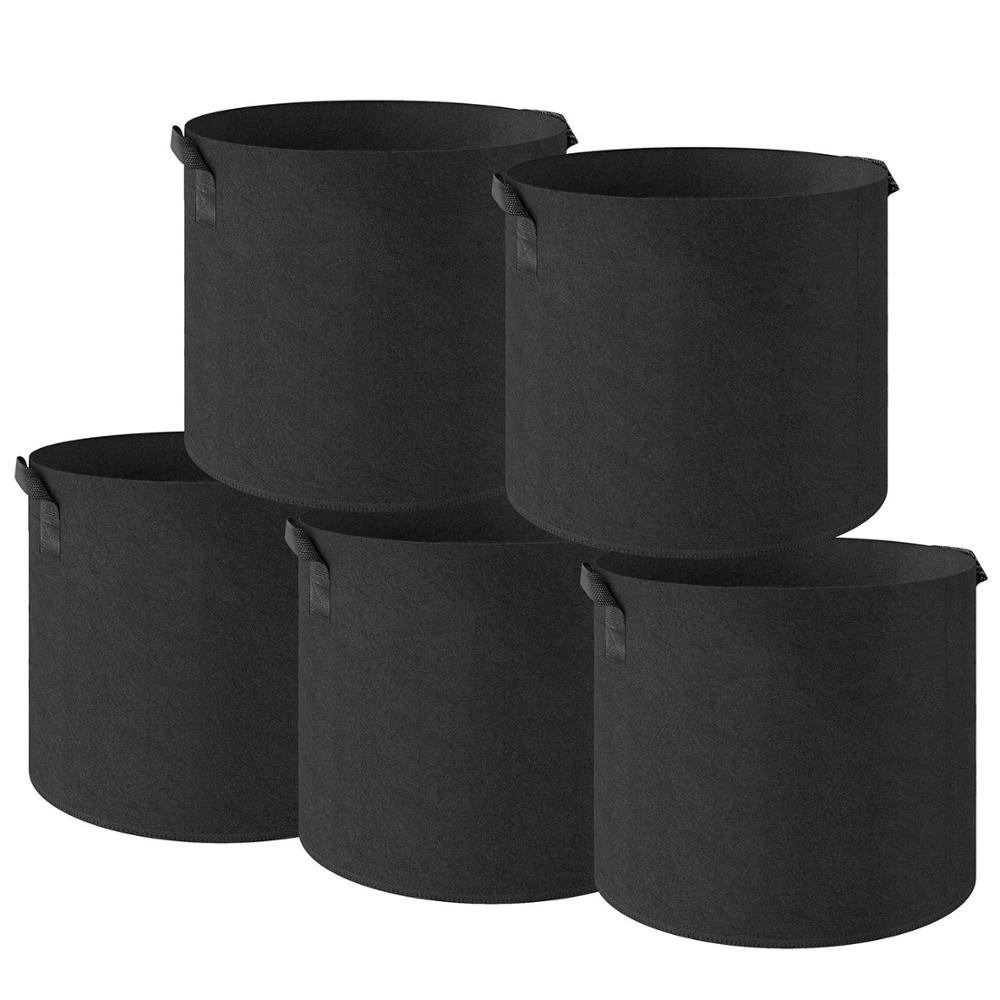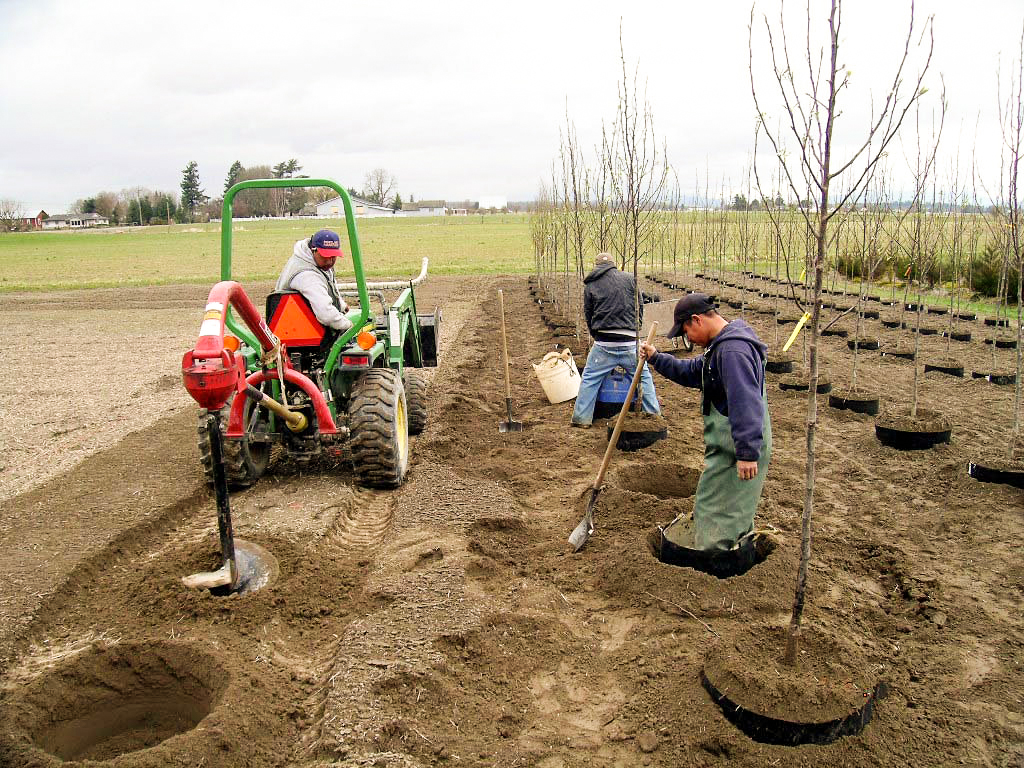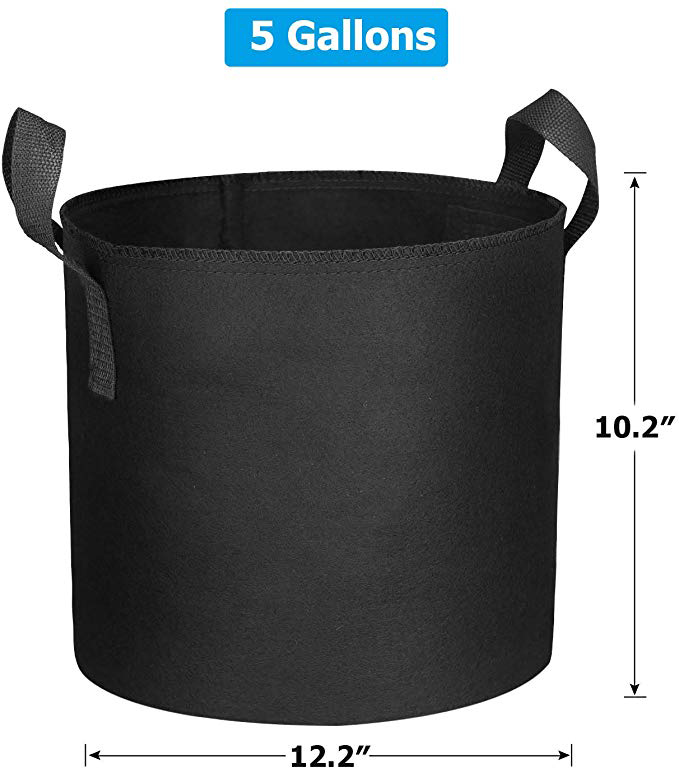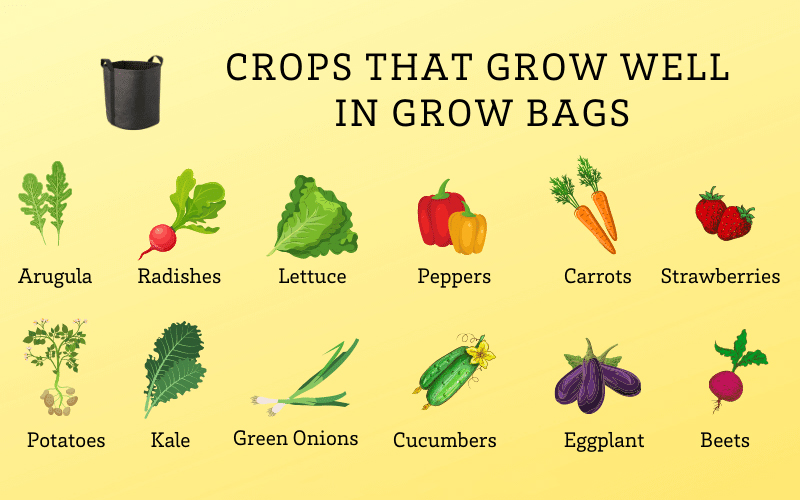

Gardening in grow bags is a simple way to begin gardening almost anywhere. Pick up a few bags, fill them with soil, and you’re ready to go.
It’s easy to see why grow bag gardening is becoming a popular option for new gardeners and gardeners who are looking to add more space to their gardens.

Advantages
Grow bags are an inexpensive, easy way to add growing space. Look for good quality grow bags that will last many seasons.
Gardening in grow bags prevents overwatering. Excess water drains through the fabric and prevents soggy soil and roots.Good quality grow bags have excellent drainage.
Grow bags are easy to store when not in use. Clean them out by spraying off well, and then fold them up and let them dry.
Unlike most containers, grow bags allow plants’ roots to breathe. Happy roots mean a happy plant. This is one of the biggest advantages of grow bag gardening.
Move grow bags easily to the best location. Look for a sunny spot in cool climates or give them shade in hot climates.
Product Application

Because grow bags limit the size of the roots and available water, some plants are better suited to grow in grow bags than others.
When choosing which plants to grow in grow bags, look for “dwarf” varieties. These are smaller versions of full-size plants that do better in grow bags. Also, select “bush” or “compact” varieties rather than vining types.

Wondering which size of grow bag to choose? Look at plant spacing guidelines for the plants you would like to grow. The chart below gives general guidelines about which size of grow bag to choose for common vegetables, fruits, and herbs.

Extra small grow bag is a good choice for many herbs like sage, rosemary, thyme, and basil. It is also good for many vegetables such as kale, green onions, radishes, lettuce, chard, and arugula.
Small grow bag is a good choice for many herbs like dill, cilantro, and parsley.It is also good for many fruits and vegetables such as kohlrabi, carrots, beets, strawberries, and celery.
Medium grow bag is a good choice for many herbs like lemongrass, ginger, and turmeric.It is also good for many vegetables such as beans, broccoli, cabbage, okra, potatoes, cucumbers, eggplant, and
peppers.
Large grow bag is a good choice for tomatoes and sweet potatoes. They are well-suited to most types of vegetables and can often have several different types in the same bag.